Cambridge's latest report: Bitcoin mining energy structure has quietly changed
Original author | @DSBatten
Compiled by | Odaily Planet Daily ( @OdailyChina )
Translator | Dingdang ( @XiaMiPP )

Editor's note: The Cambridge Center for Alternative Finance (CCAF) has released the latest version of the Bitcoin Mining Sustainability Report, which provides a very critical new data: 52.4% of the Bitcoin network computing power currently comes from "zero-emission" energy. In the previous report, this proportion was only 37%. In other words, the progress of Bitcoin mining's "green transformation" in energy structure has far exceeded many people's expectations.
Today, the Bitcoin network has:
More than half of the computing power comes from zero-carbon energy
Carbon emission intensity is lower than most industries
Equipment recycling rate exceeds 86%
Methane reductions are having a real impact
The following is a summary of the key points of this report by @DSBatten , compiled by Odaily Planet Daily:
Read the full report: https://www.jbs.cam.ac.uk/wp-content/uploads/2025/04/2025-04-cambridge-digital-mining-industry-report.pdf
Note: For the first time, the research team conducted an in-depth investigation of 49 real operating Bitcoin mining companies, rather than just using old models to infer data. This greatly increases the credibility of the entire report and also gives us a more comprehensive understanding of how energy is used in Bitcoin mining.
1. 26% of mining comes from "off-grid" electricity, and green energy is more common
A very important new discovery is that 26% of the world's Bitcoin mining power comes from "off-grid" energy (that is, energy that is not connected to the mainstream power grid). Most of these mines are built in areas with lower electricity costs and close to clean energy production areas, such as mountainous areas with abundant hydropower, plateaus with strong wind power, and areas with abundant geothermal resources. Some even use surplus natural gas to generate electricity.
In contrast, most early reports assumed that mining was an “online” activity, ignoring the existence of “off-grid” miners. In fact, off-grid mining is more likely to use renewable energy or waste energy, and has a relatively smaller impact on the environment.

2. Carbon emission intensity has dropped significantly, lower than many traditional industries
In terms of carbon emissions, the report gives a new estimate: Bitcoin emits 288.2 grams of CO₂e/kWh per kilowatt-hour of electricity. This number is lower than many large traditional industries and is very close to the estimate of independent researcher Daniel Batten (266 grams), indicating that the data is basically reliable.
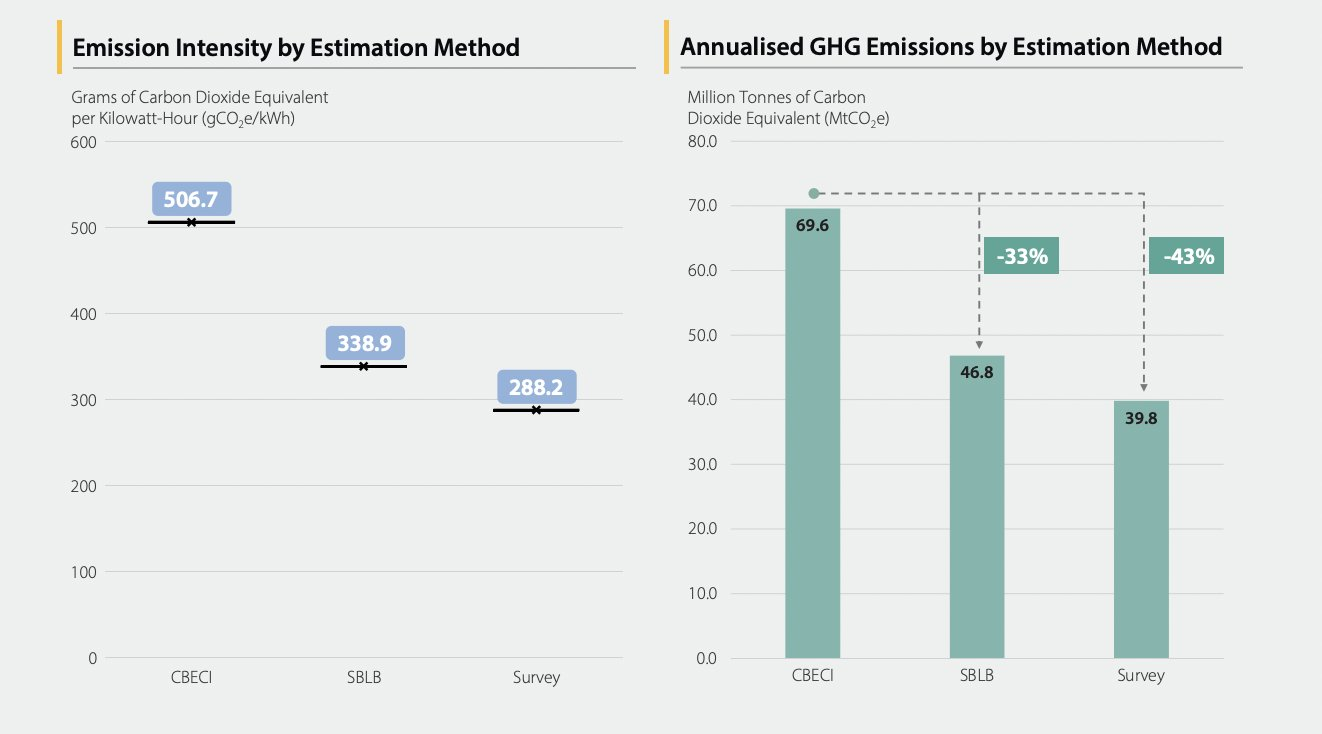
More importantly, the total annual carbon emissions of the entire Bitcoin network are about 39.8 million tons of CO₂e, which is lower than many people think, and has basically not increased significantly in the past four years. This is mainly due to two aspects:
Mining machines themselves are becoming more efficient, with more computing power per unit of energy consumption;
More and more miners are taking the initiative to move to areas using clean energy.

3. Methane emission reduction measures are beginning to take effect, with 5.5% of emissions offset
In addition to "what electricity to use", the mining industry is beginning to use some more "radical" means of reducing carbon emissions. For example, some mining companies directly use the flare gas in oil and gas fields that "would have been burned" to generate electricity for mining. In this way, not only can the mines be mined, but methane can also be prevented from being directly discharged into the atmosphere.
After taking this “negative carbon energy” into account, the net emissions of the Bitcoin network dropped to 37.6 million tons of CO₂e, a further decrease of about 5.5% from the initial data. This part of the emission reduction contribution cannot be ignored.
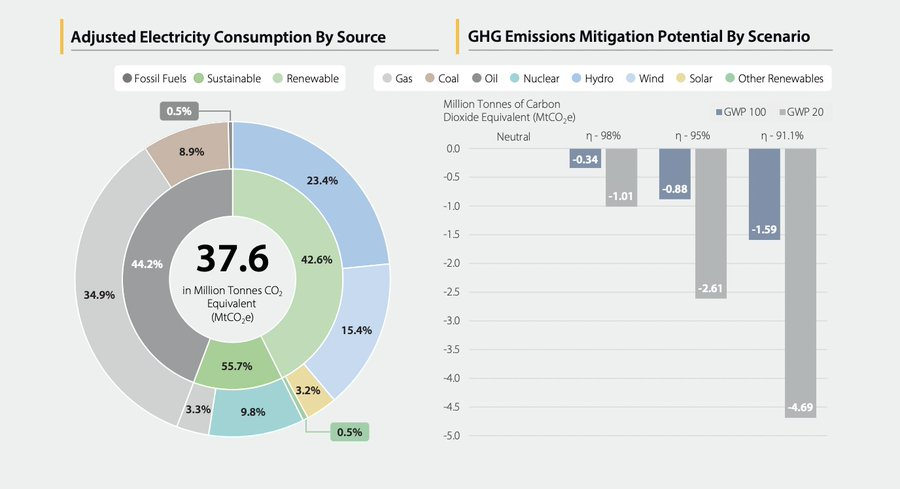
4. The recycling rate of mining machines is as high as 86.9%, and the electronic waste treatment is better than most industries
Many people are worried that the rapid update of Bitcoin mining equipment will generate a lot of electronic waste. This report also responds to this question:
86.9% of the equipment was recycled, resold or reused rather than being scrapped;
Only 3.2% of companies do not have a dedicated e-waste management program.
This shows that the Bitcoin mining industry’s awareness of environmental protection is actually much higher than the outside world imagines.
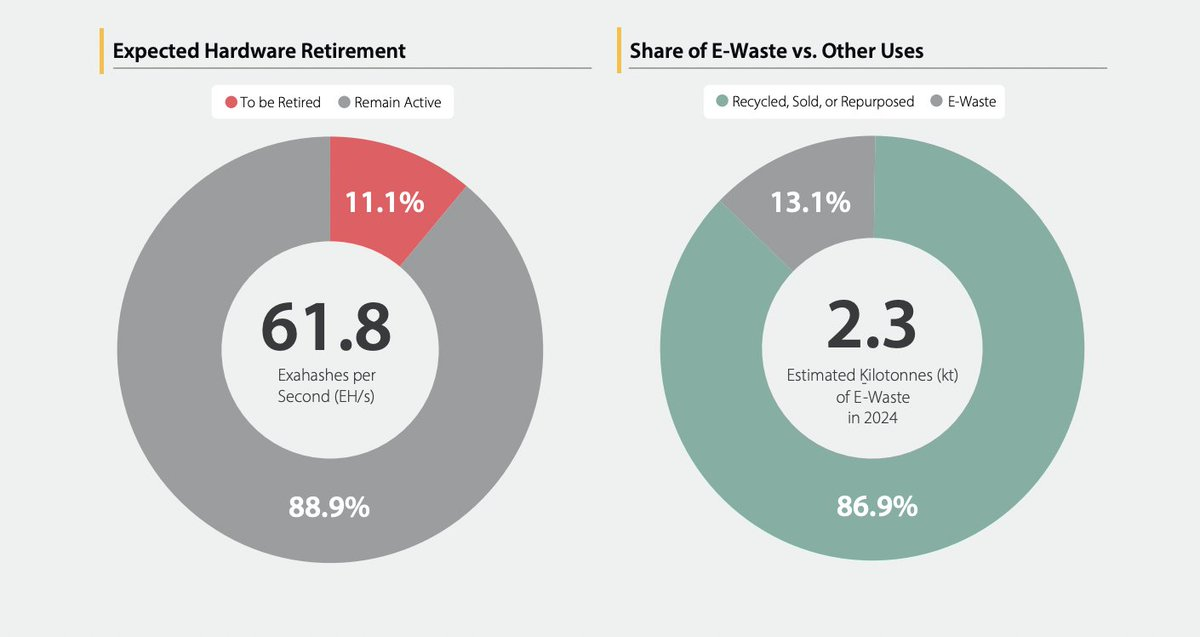
5. Mining equipment is becoming more and more efficient, and many people underestimate this
The Cambridge team also specifically mentioned that many past criticisms of Bitcoin’s “high energy consumption” actually overlooked a key variable: equipment efficiency has been improving.
From early CPU/GPU to ASIC chips, each iteration will bring about an increase in computing power per unit of energy consumption. Just like those who commented that the Internet was "too power-consuming" did not consider Moore's Law, many people now ignore the energy efficiency revolution brought about by the advancement of mining machines.
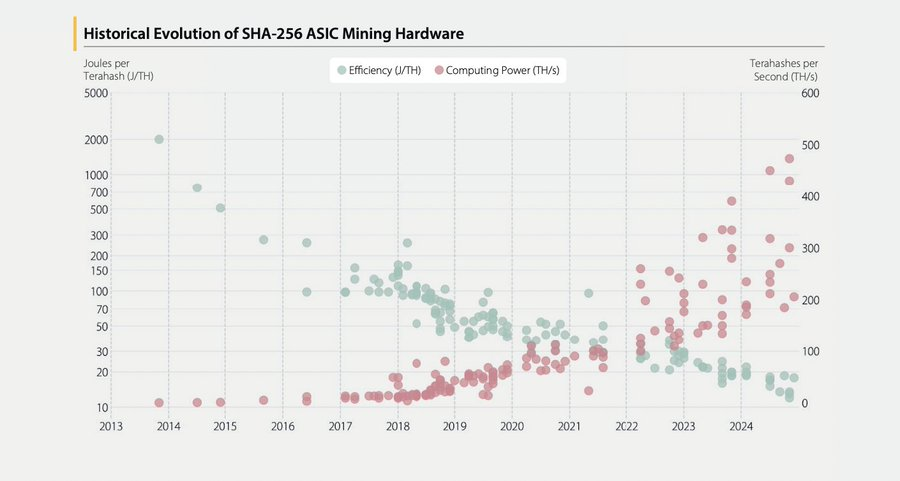
6. Bitcoin’s “illegal uses” are decreasing, not increasing
The report also explains the use of Bitcoin in illegal activities: data shows that the proportion used for illegal purposes peaked in 2019, and the absolute number peaked in 2022, and both indicators are now declining.
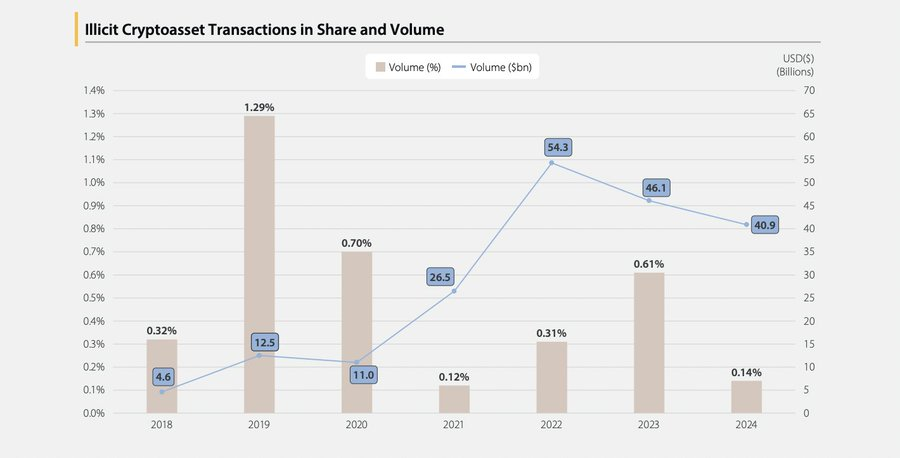
This report is a positive correction to the "stigmatization" of Bitcoin. It breaks the outdated impression that "Bitcoin = fossil energy" and provides a new factual basis for policymakers, regulators, and the media.



